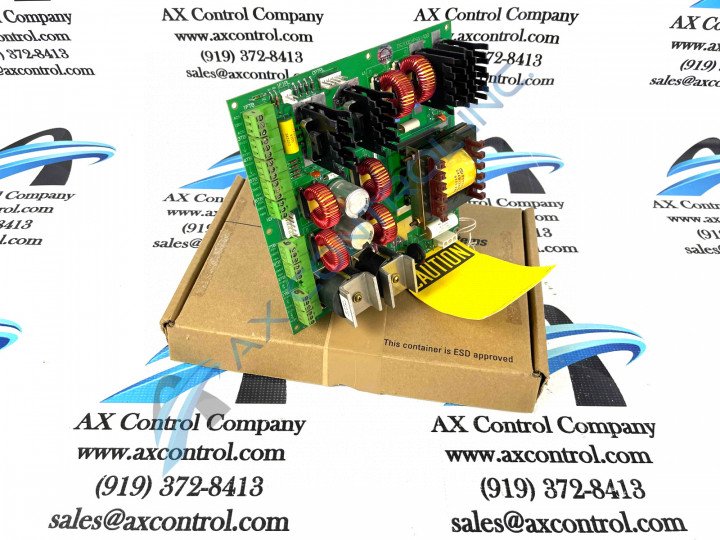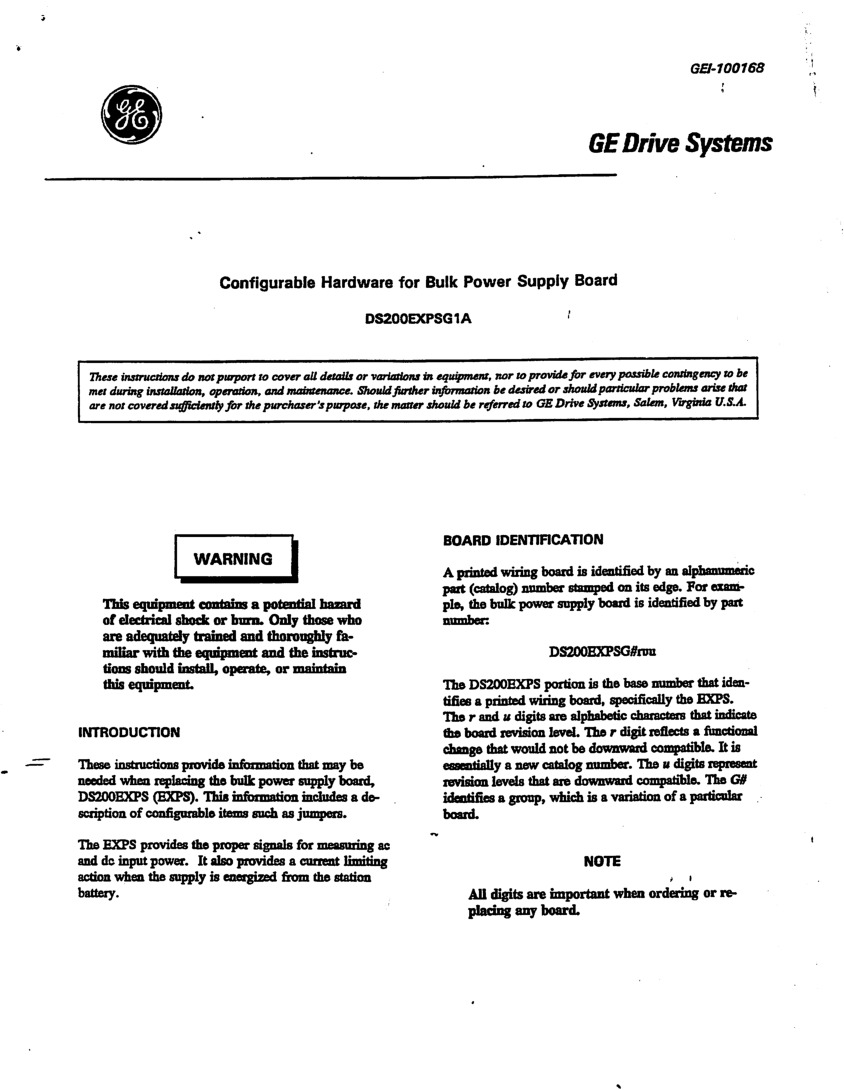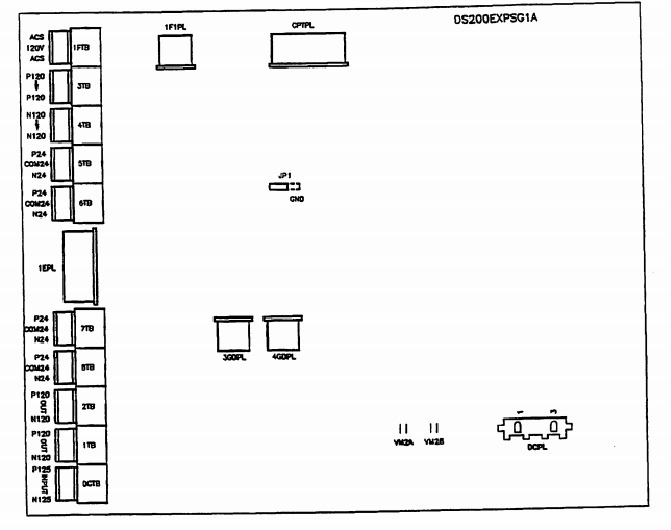About the DS200EXPSG1
This DS200EXPSG1 Exciter Power Supply Card is a respected and important member of General Electric's Mark V Series of Speedtronic technology-enhanced automated drives and automated drive components meant for turbine control system applications. This DS200EXPSG1 printed circuit board, while officially defined by General Electric as an Exciter Power Supply Card, is also referred to in fringe Mark V Series instructional manual materials simply as a Power Supply Board. This DS200EXPSG1 Exciter Power Supply Card is actually the first Mark V Series product of its type that was originally manufactured, as this DS200EXPSG1 printed circuit board does not offer any sort of functional or artwork configuration revision in its normal Mark V Series printed circuit board assembly.
Hardware Tips and Specifications
As with any General Electric product, this DS200EXPSG1 Exciter Power Supply Card adopts its own series of hardware components and component specifications to achieve its normative functionality within the Mark V Series. The GE Power Supply Board DS200EXPSG1 features one reset button, 3 fuses, and 1 LED. The GE Power Supply Board DS200EXPSG1 also is populated with 3 9-pin connectors, multiple capacitors, and test points. Some of the various other hardware adoptions and specifications in the assembly of this DS200EXPSG1 Mark V Series PCB are discoverable upon a simple inspection of its DS200EXPSG1 alphanumeric product number, which yields information such as this PCB's normal assembly type, domestic location of manufacture, EXPS functional abbreviation, normal PCB coating style, and group one Mark V Series grouping.
The DS200EXPSG1 board functions by receiving command signals from other Mark V Series boards. During normal processing the DS200EXPSG1 board is able to react to the commands and perform as expected; however, on occasion the commands are in complete or have been interfered with by electrical sources. The board might react by stalling or providing intermittent response to the commands. In that case, a proper first troubleshoot step is to locate the reset button on the board. The reset button causes the processing on the board to restart without powering off the board. If any interference has been received or processing errors exist, pressing the reset button will clear any problems. You can press the reset button while power is being received by the board, however, care must be taken to not touch any components on the board due to the high-voltage current present on the board.















